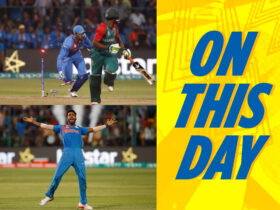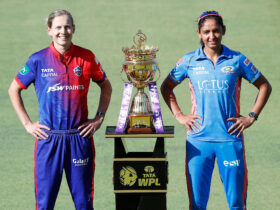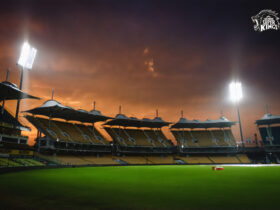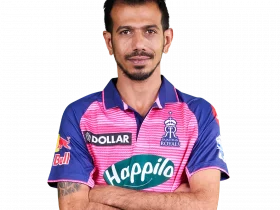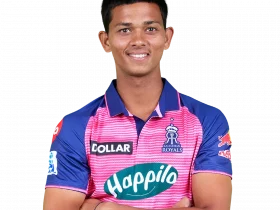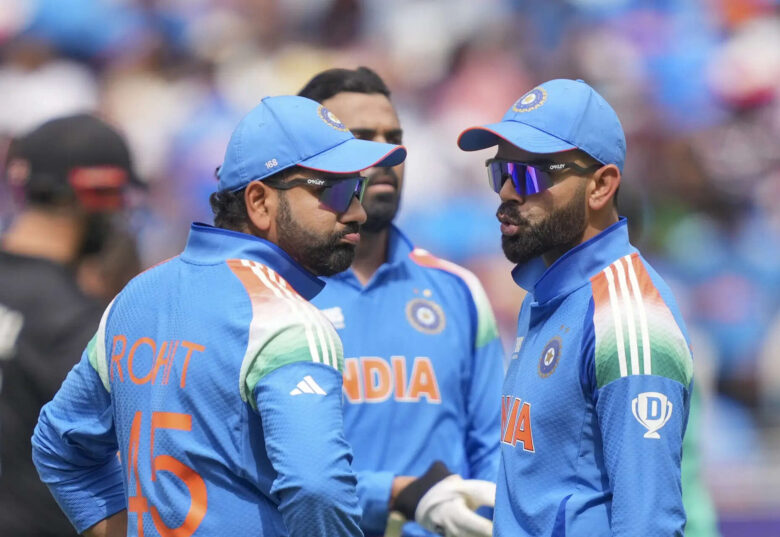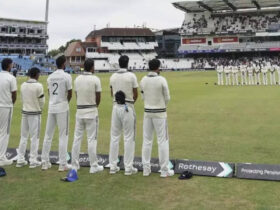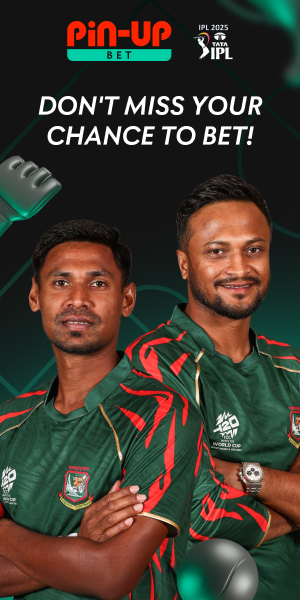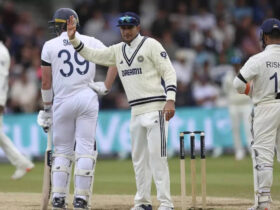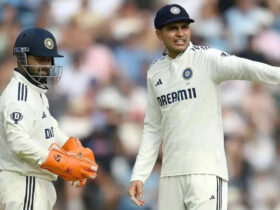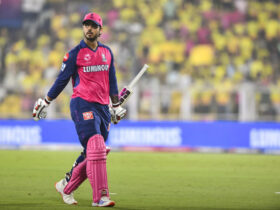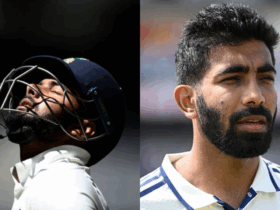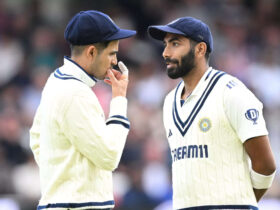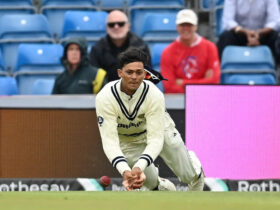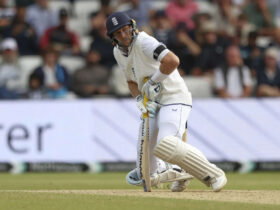Why Virat Kohli and Rohit Sharma Retain BCCI’s Elite A+ Contract Despite Retirements
In a surprising yet significant revelation, the Board of Control for Cricket in India (BCCI) has confirmed that Virat Kohli and Rohit Sharma, two of Indian cricket’s modern-day legends, will continue to hold their coveted Grade A+ contracts despite stepping away from key formats of the game. This decision, announced by BCCI secretary Devajit Saikia, underlines the duo’s enduring value to Indian cricket, even as they transition into new phases of their illustrious careers.
Saikia, speaking to ANI, affirmed, ‘Virat Kohli and Rohit Sharma’s Grade A+ contract will remain intact despite their retirement from T20Is and Tests. They are still integral to the Indian cricket setup, and all facilities associated with Grade A+ will continue to be extended to them.’ This statement has sparked discussions among fans and experts, as both players have bid farewell to T20 Internationals post the 2024 T20 World Cup triumph and recently announced their retirement from Test cricket ahead of the much-anticipated five-match series against England, marking the start of India’s ICC World Test Championship 2025-27 campaign.
Virat Kohli, often hailed as one of the greatest batsmen of his era, concluded his Test career with an astonishing record. Over 14 years and 123 matches, Kohli amassed 9,230 runs at an average of 46.85, including 30 centuries and 31 fifties, with a personal best of 254 not out. This places him as India’s fourth-highest run-scorer in Tests, trailing only behind icons like Sachin Tendulkar (15,921 runs), Rahul Dravid (13,265 runs), and Sunil Gavaskar (10,122 runs). In T20Is, Kohli’s dominance was equally remarkable, finishing as the second-highest run-getter with 4,188 runs in 125 matches at an average of 48.69 and a strike rate of 137.04, highlighted by one century and 38 fifties.
Rohit Sharma, the charismatic captain who led India to the 2024 T20 World Cup glory, also hung up his boots in Tests with a commendable tally. Across 67 matches in an 11-year Test career, Sharma scored 4,301 runs at an average of 40.57, featuring 12 centuries and 18 fifties, with a highest score of 212 against South Africa in 2019. In T20Is, he retired as the leading run-scorer in the format, accumulating 4,231 runs in 151 matches at an average of 32.05 and a strike rate exceeding 140, bolstered by an incredible five centuries—a record in the format—and 32 fifties.
The decision to retain both stalwarts in the Grade A+ category—alongside Jasprit Bumrah and Ravindra Jadeja—raises questions about BCCI’s criteria for player contracts. Typically, such elite contracts, which come with an annual retainership of INR 7 crore, are reserved for players actively contributing across formats. However, sources suggest that BCCI values Kohli and Sharma’s mentorship roles and their potential involvement in ODIs, especially with the 2027 ODI World Cup on the horizon. Their experience, leadership, and global stature are deemed irreplaceable, particularly for guiding the next generation of Indian cricketers.
Moreover, their presence in the dressing room during major tournaments and their ability to inspire younger players cannot be understated. Kohli, with his relentless pursuit of excellence, and Sharma, with his calm yet assertive leadership, have redefined Indian cricket’s standards over the past decade. The BCCI’s move might also be a strategic one, ensuring that their brand value continues to elevate Indian cricket on the global stage, even as they step back from active play in certain formats.
As Indian cricket stands at a crossroads with emerging talents knocking on the door, the decision to retain Kohli and Sharma in the elite bracket sends a powerful message: legacy and impact transcend mere numbers. While their on-field exploits in Tests and T20Is may have concluded, their off-field contributions and potential future roles in ODIs ensure that the ‘King’ and the ‘Hitman’ remain at the pinnacle of BCCI’s priorities. What lies ahead for these two giants of the game? Only time will tell, but for now, their place in Indian cricket’s heart—and payroll—remains undisputed.


